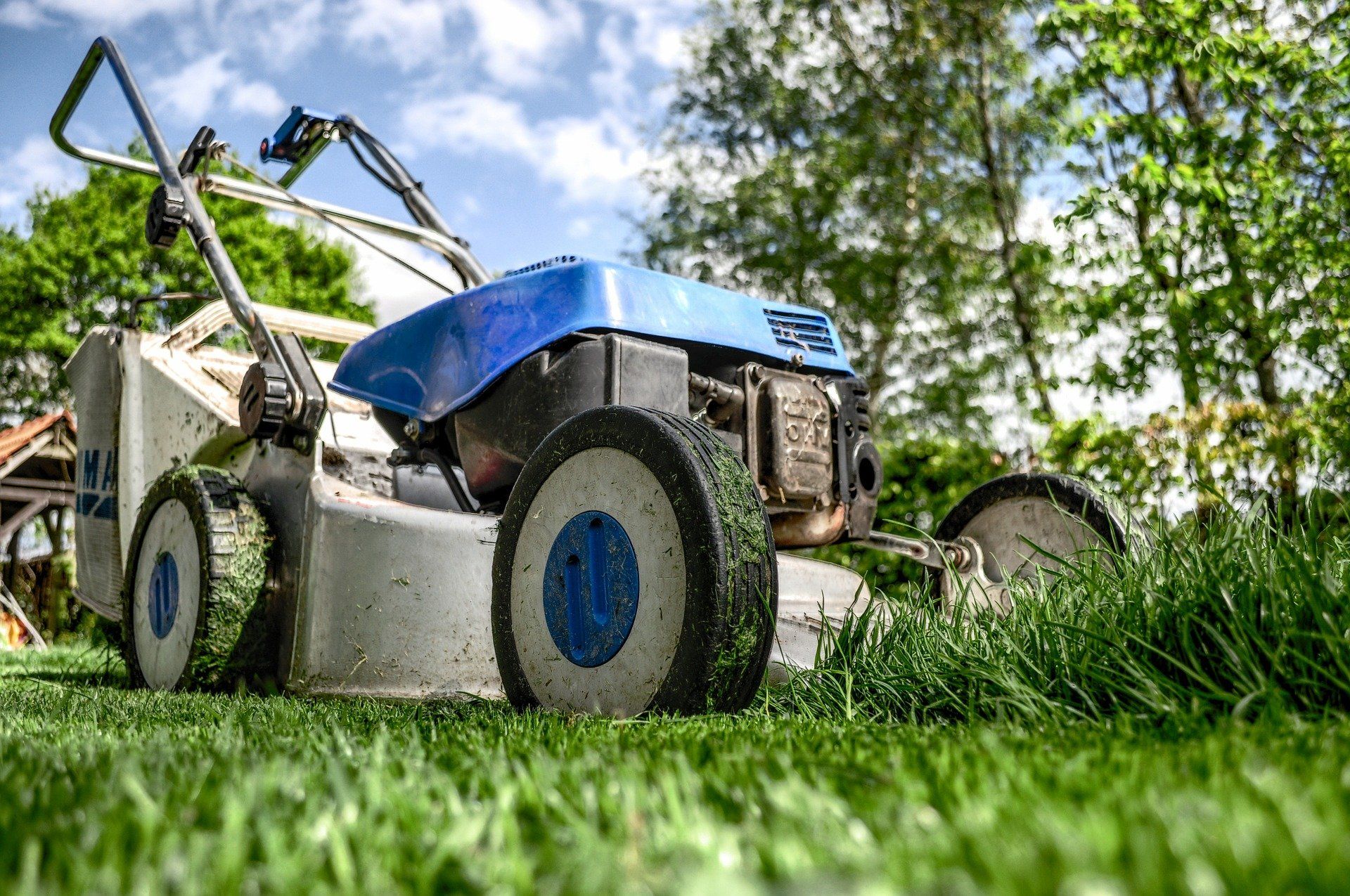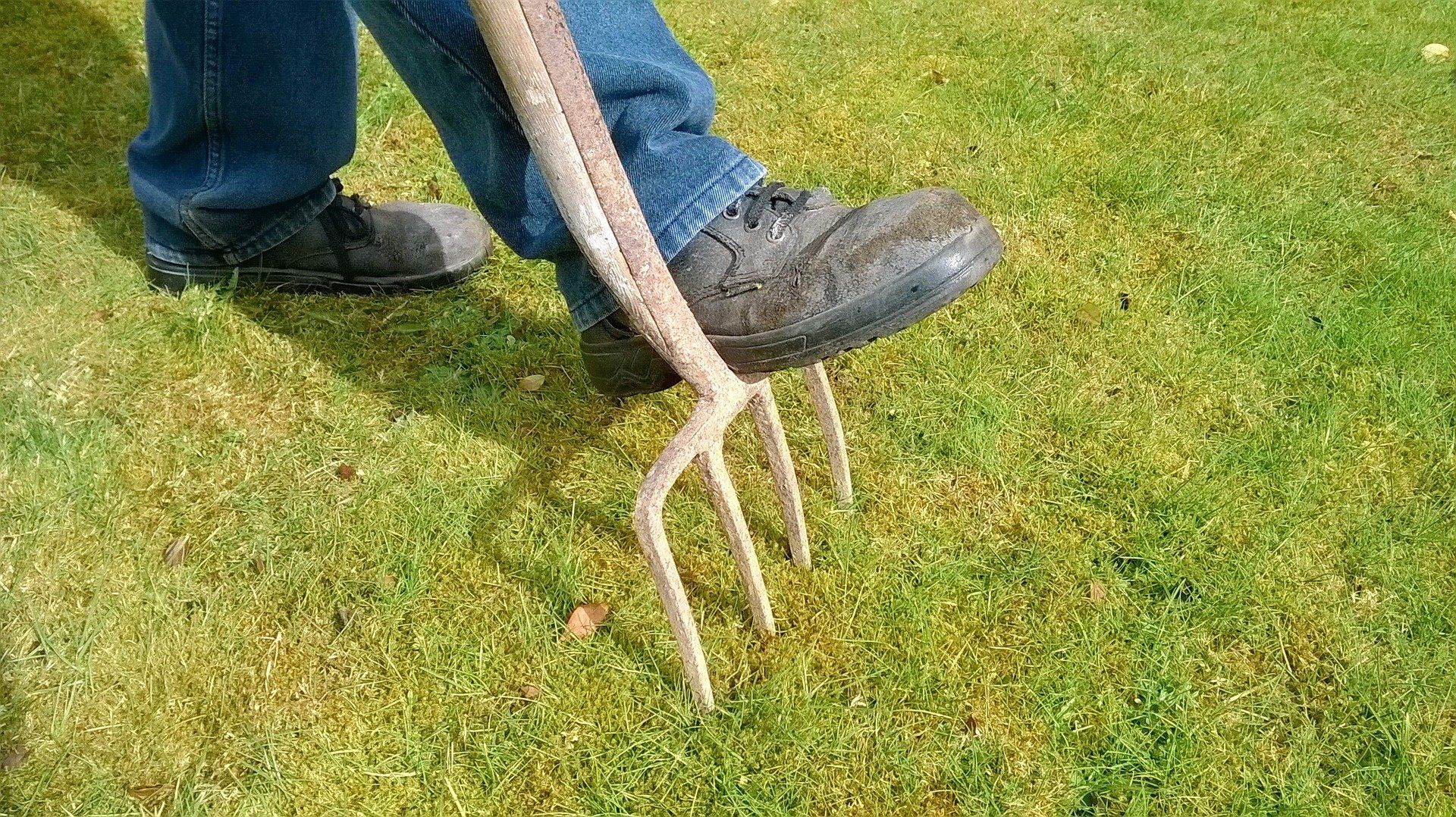8 tips for a healthy and green lawn
8 tips for a healthy and green lawn
- The weather
- The quality of the soil
- Good lawn care practices
1. Mowing your lawn at the right height and often.
This can depend on the type of grass you are growing, however for most grasses grown residentially in Melbourne, mowing it high and often is one of the most important things you can do for your lawn. A good rule of thumb is to mow your lawn at one-third its original height. Mow it every 2 weeks in Spring and Autumn and 4 weeks in Winter and when we have searing heat in the Summer. Don’t let it grow too high past your ankle.
I get it though, in the Spring when your lawn is growing super fast, you want to mow it really low to save you an extra week or two, it’s tempting but very bad for your grass. It will stunt growth and you will have yellow patches all over the place, also your lawn will never get a chance to really thrive and even though it may look green again once it has grown, underneath there is still plenty of dead dry grass and the roots have not been able to extend deeper into the soil.
The higher the grass is cut, the healthier the lawn will be. There is a one-to-one relationship between the height of the grass and the depth of the roots. If you are mowing at 2 cm, you will have 2 cm of roots. If you are mowing at 4 cm, you will have 4 cm of roots. That added root mass will make your lawn more drought and disease-resistant and provides the finest natural weed control.
2. Mulch clippings.
If you follow the above tip when mowing, then don’t worry so much about catching your clippings, because realistically you are wasting a lot of nitrogen that the clippings contain which is just as good as applying fertiliser. The clippings will also help maintain biological activity in the soil. Best of all, it makes mowing so much easier as you don't need to struggle catching them and carrying them to your green bin.
3. Water heavily when dry.
Most lawns need between one and one-and-a-half inches of water per week, especially during the dry summer months. Water deeply and therefore infrequently (once maybe twice per week depending on how hot it has been), and try to do this in the morning to reduce the possibility of disease.
4. Sharpen your mower blades.
Take your lawn mower to a mower mechanic and get the blades sharpened. Did you know that lawn mowing with blunt blades will roughly rip through grass rather than giving it more of a clean cut, leaving behind raggedly torn, frayed tips on the ends of the individual grass blades, which can cause the grass to turn brown quickly and leave your lawn more susceptible to disease and pests.
5. Aerate.
Aeration involves perforating the soil with small holes to allow air and water to penetrate deep into the soil which helps the roots grow deeply and produce a stronger, more vigorous lawn.
The main reason for aerating is to alleviate soil compaction. Compacted soils have too many solid particles in a certain volume or space, which prevents proper circulation of air, water and nutrients within the soil. Excess lawn thatch or heavy organic debris buried under the grass surface can also starve the roots from these essential elements.
6. Vary your mowing pattern.
It’s actually a good idea to change your mowing pattern. This ensures that the wheels are not running over the same areas every time, which may weaken and stress the grass. All this means is if you go in circular motion until you finish in the middle, next time try mowing up and back (stripes) instead, and then maybe go one better and mow in the adjacent direction before going back to your circular pattern.
I’ll be honest, this tip is actually quite difficult to uphold purely because us humans are routine driven and once we have a system in place, it’s difficult to change. So don’t worry too much if you "forget" this one.
7. Weeding
All lawns typically need weeds removed and fertiliser applied to give it a dose of nutrients to help it to grow. If you have a strong and healthy lawn, there will be less weeds to annoy you overall, however, weeds are pretty invasive and will grow on wherever there’s a bit of dirt and opportunity. Realistically, the lawn will almost always have hundreds of weed seeds set into it from previous weeds so it will be inevitable that weeding will be required from time to time.
The best way to weed is to do it by hand and with the help of a weeding tool. Walk up and down your lawn and when you spot one pull it out roots and all. A good time to do this is when there has been a good dose of rain in the days prior as it would have softened your soil, allowing for an easy and fuss free removal.
Look.. there is another option in the market, and that is using a Weed & Feed which kills your weeds while giving your lawn a surge of nutrients to help it continue growing strong. However, this would be a last resort option because if not done right, or if you use the incorrect product for your lawn type, you will do more damage than good. I must stress however, such a product is never as good as weeding by hand and fertilising with real fertilisers separately.
8. Fertilising
To simply put it, you must fertilise your lawn. It is one of the easiest tasks when it comes to creating a perfect looking lawn. Plants need food too! And by providing them with this food will allow your lawn to grow incredibly well and reach its fullest potential.
There are two common ways of fertilising; Using liquid fertiliser for a good strong dose of nutrients which acts fast, and slow release fertilisers (granules) which works more evenly over a longer period of time giving your lawn months of nourishment.
You should fertilise in late Autumn, early Spring and again in late Spring or very early Summer before it gets really hot. Do not fertilise until 2 days after you have mowed your lawn, and don’t mow until 1 week after you have fertilised.


